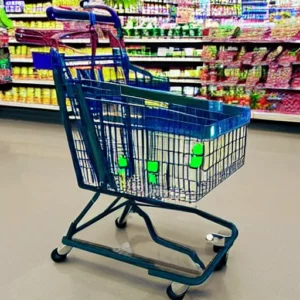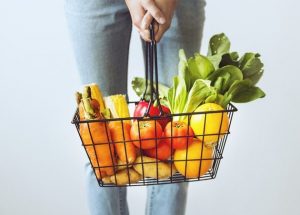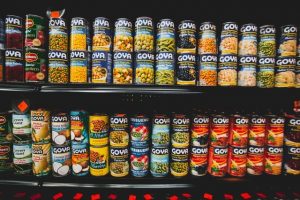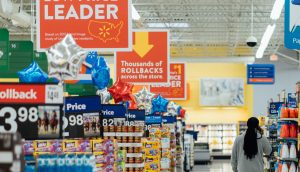The goal for any retailer is to get as many sales as possible and increase the number of customers making purchases at any given time. This is not always a simple task and will take some creative thinking and data analysis to accomplish. But to make things easy for you, we are going to list out 10 ways you can increase your store sales and optimize your store to its full potential.
Optimize your power aisle
The layout of your store aisles are a key indicator to a customer on what’s available within the store, so a proper arrangement of this can lead to higher purchases and it is one of the main metrics to watch out to increase your store sales. Using various analytical tools such as those provided by Shoppermotion, you can extrapolate the behavioral characteristics of your shoppers and gain the most optimal arrangement of produce on the various aisles and in which sequence they should appear to customers hence maximizing sales especially when it comes to the main aisle.
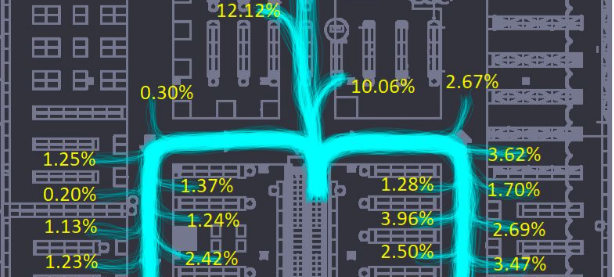
For example, knowing that a certain product has higher sales during a particular period (season), it makes sense to place them at the start of the aisles, or a visually accessible section on entry. The aisles’ width can also be modified depending on the effect it has on customer behavior and lane traffic.
Picking the right shopping tools
The first thing any shopper will do when entering a grocery store is to pick out a trolley, cart or basket. This might seem like a simple choice but it tells a retailer a lot about the choices and purchases planned before consumers even get into the aisles. Taking into account the length of the journey, day of the week and the number of passes and stops a shopper makes based on the tools they picked at the start of a shopping trip, a retailer can arrange the placement and volume of the varying tools at certain periods to increase sales.
In a case where a retailer analysis that his customers buy a larger quantity of produce on weekends between 8 am and 11 am but only has small baskets available for shoppers at that timestamp, there is bound to be a reduction in sales. Hence a retailer has to always be conscious of the expected customer volume for each individual period in time and make available the right shopping tools. With the right analytics data, this task can be done quickly and efficiently. But there is a flip side to this, retailers can choose to artificially increase the number of certain tools and decrease others to prompt customers to buy more. This, however, has to be done in moderation so as not to incur shoppers’ dissatisfaction.
Category optimization
Each category is a universe of its own, that has to be managed in such a way, that it’s not only considered the other categories before and after itself, but also the management and arrangement of the items within it. So not only is each category concerned about maximizing sales on each item but also places a balance on the variety of choices available and the behavior of customers visiting them. Category management is, therefore, an integral part of any store sales plan and a master piece to increase your store sales.
There are four category roles regarding how a consumer behaves towards them: destination, routine, seasonal, or convenience. Using modern analytical tools and business intelligence applications, the data on these are analyzed and extrapolated, allowing a retailer to fine-tune each category for optimal sales.
Workforce planning and management
One of the most flexible resources that a store has at its disposal is its staff members. Having the right number and placement of workers at the right time and intervals can yield surprisingly high returns for a store. This is done not just to assist shoppers or quicken the speed of item checkout, but also to draw attention to certain brands and categories.
Using more advanced scheduling management software, the store is provided the capability to predict future customer visits, calculate the optimal size for the staff structure at the store, and identify the more adequate schedule for each employee that fit perfectly business and employee needs. But a bad staff scheduling will generate inefficiency and hidden cost that can not be ignored. Shoppermotion allows real-time alters issued to clients when high traffic volumes are detected in certain areas on the store.
Define your cross-selling strategy
Taking factors such as location, visibility, and stock management, having a correlative matrix of all items within a store will allow management to create more effective cross-selling strategies. Once a store can generate a correlative matrix on the various items it offers, items with a high correlation factor can be placed next to each other or within accessible reach to facilitate cross-selling.
It is worth noting that the correlation matrix is rarely symmetrical. This is due to the fact that each shopper journey is different and therefore crosses a diverse number of categories and the order they are visited, i.e., the total number of shoppers visiting the Vegetable category and also Bakery category is not the same backwards. Therefore, the probabilities of correlating these categories vary.
Pick the best moments for in-store promotions
High customer volume presents a golden opportunity for in-store promotions and once the data on customer volume is analyzed, in-store campaigns can be organized to match. Taking into account such factors like time of day, type of shoppers, season and others, a targeted campaign can yield impressive sales result with minimal cost to the store. Hence this information is valuable to know what the best moments of the week are to launch promotions in-store: testing of new products, advertising, or delivery of pamphlets, brochures and publicity kits.
Boost your marketing campaigns
The most delicate part of launching a new promotion is to choose the right product and an appropriate discount for that campaign. Although the latter requires a rigorous decision-making process, margins, previous commercial relationships with the retailer, and any historical records help companies decide a proper price point. Also preventing underperformance campaigns as a result of poor communication, lack of added value, or a wrong flavor or taste by comparing foot traffic with aggregated sales.
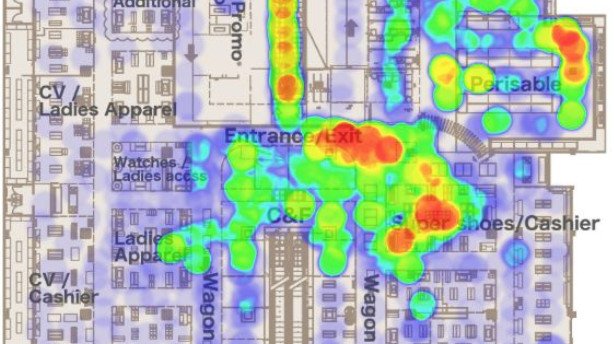
But when this is done right using the information at hand, sales for the chosen brand/product will see a general increase.
Shopping missions analysis
Recognizing and grouping different shopper missions empower retailers to accurately understand the reason why customers visit their stores. From this, retailers can Learn how to optimize the in-store shopper experience and distribute their categories effectively. These tailored insights enable innovative methods to be implemented to communicate with the shopper and influence purchase decisions prior to their next visit.
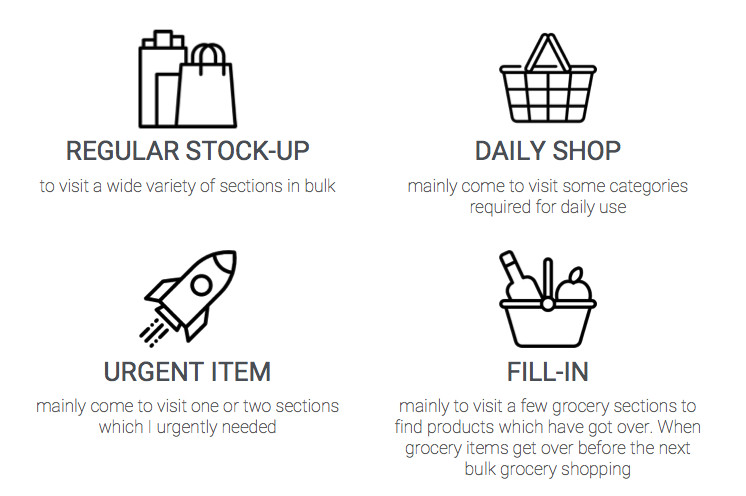
Shoppers can be split into four groups: those that come in for a fill-in, those that just wish to stock up, those purchasing an urgent item, and the daily shopper for daily goods like freshly baked bread. With the aid of Retail intelligence tools such as Shoppermotion, retailers and manufacturers are now prepared to measure, understand, and make accurate decisions in-store, all of which is geared towards increasing your sales.
Fixtures and A/B tests
The aim here is to have new solutions for store fixtures, displays, and layouts, A/B testing of store designs helps to see which one performs better according to certain predefined indicators such as customer flow and visit duration and scale these insights to similar stores. Performing frequent A/B testing is crucial to increase your store sales.
The end results allow for changes in ROI and engagement after a category rebuilding, testing the performance of different aisles widths, evaluating the stopping power of new fixtures (freezers, etc.), and measuring the waiting time reduction with self-service checkouts.
In-store ROI campaigns
While advertising can bring customers to a store, it can also work from within the store. Today most retailers realize how important in-store advertising can be to their bottom line, hence adding targeted advertising within keep locations in-store allows for measuring the loyalty of clients and their return rates, measuring how much traffic do TV spots or newspaper ads drive to your stores or related categories and finally helps to measure the ROI of in-store promotional displays and adjacent categories.
Successful in-store marketing events require preparation and they should always be data-driven. Manufacturers should consider their objectives early and make a list of expectations in terms of sales, engagement, product placement, and representative stores for each category. With this information, a store manager can decide the profitability of on-going campaigns and adjust accordingly.
All in all
Information is key to any business and boosting in-store sales is just one of the ways that the right set of data can impact your business. To make a profit and increase purchase volumes, you need to understand the behavior and characteristics of the customers that visit your store. Knowing this will allow for better implementation of strategies, more efficient scheduling and maximum use of available resources.
Shoppermotion provides the tools that get you the data you need in real-time, which is an advantage to any retailer looking to increase product sales. We are sure these tips will help you increase your store sales instantaneously!


